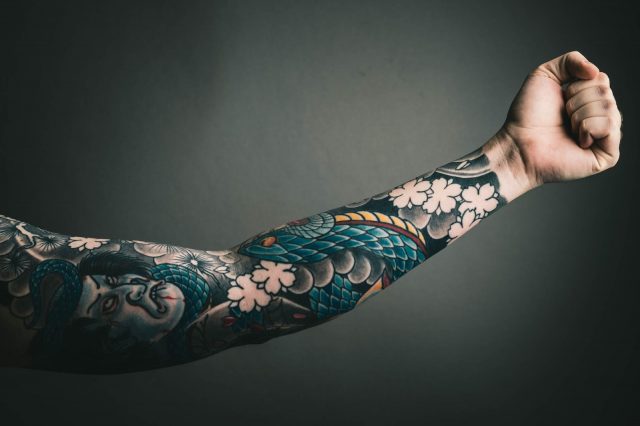Japanese tattoo art, known as irezumi, boasts a centuries-old tradition steeped in rich cultural heritage. In this article, we journeyed to uncover the history, significance, and unparalleled beauty of traditional Japanese tattoos.

The Rich History of Japanese Tattooing:
Japanese tattooing dates back thousands of years, originating in indigenous tribal practices and later influenced by Chinese culture. Initially associated with criminality, tattoos evolved into a revered art form, celebrated for their intricate designs and spiritual meanings.
Symbolism and Meanings in Japanese Tattoo Art:
Every element of a traditional Japanese tattoo carries deep symbolism and significance, reflecting themes of courage, strength, resilience, and spirituality. From mythical creatures like dragons and phoenixes to natural elements like cherry blossoms and waves, each motif tells a story and imparts profound meaning.
Techniques and Styles of Japanese Tattooing:
Japanese tattoo artists employ meticulous techniques such as tebori (hand-poked) and horimono (full-body tattoos) to create elaborate, vibrant designs. Traditional styles like irezumi and ukiyo-e continue to inspire contemporary artists worldwide, showcasing the enduring legacy of Japanese tattooing.

Contemporary Influences on Japanese Tattoo Art:
While traditional motifs and techniques remain foundational, modern influences have expanded the scope of Japanese tattoo art. Fusion styles, pop culture references, and collaborations with Western tattoo artists contribute to a dynamic evolution of the art form, blending tradition with innovation.



